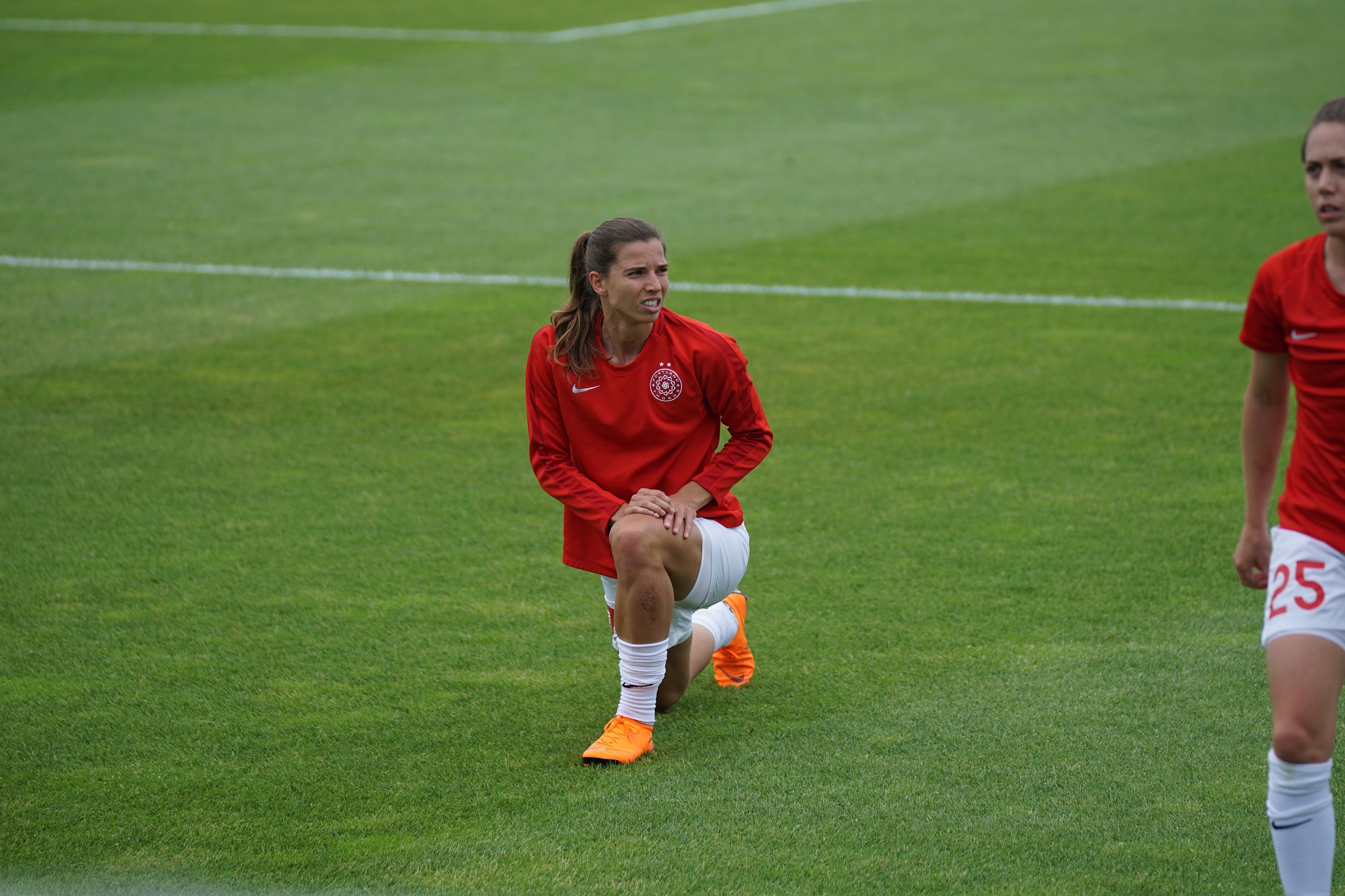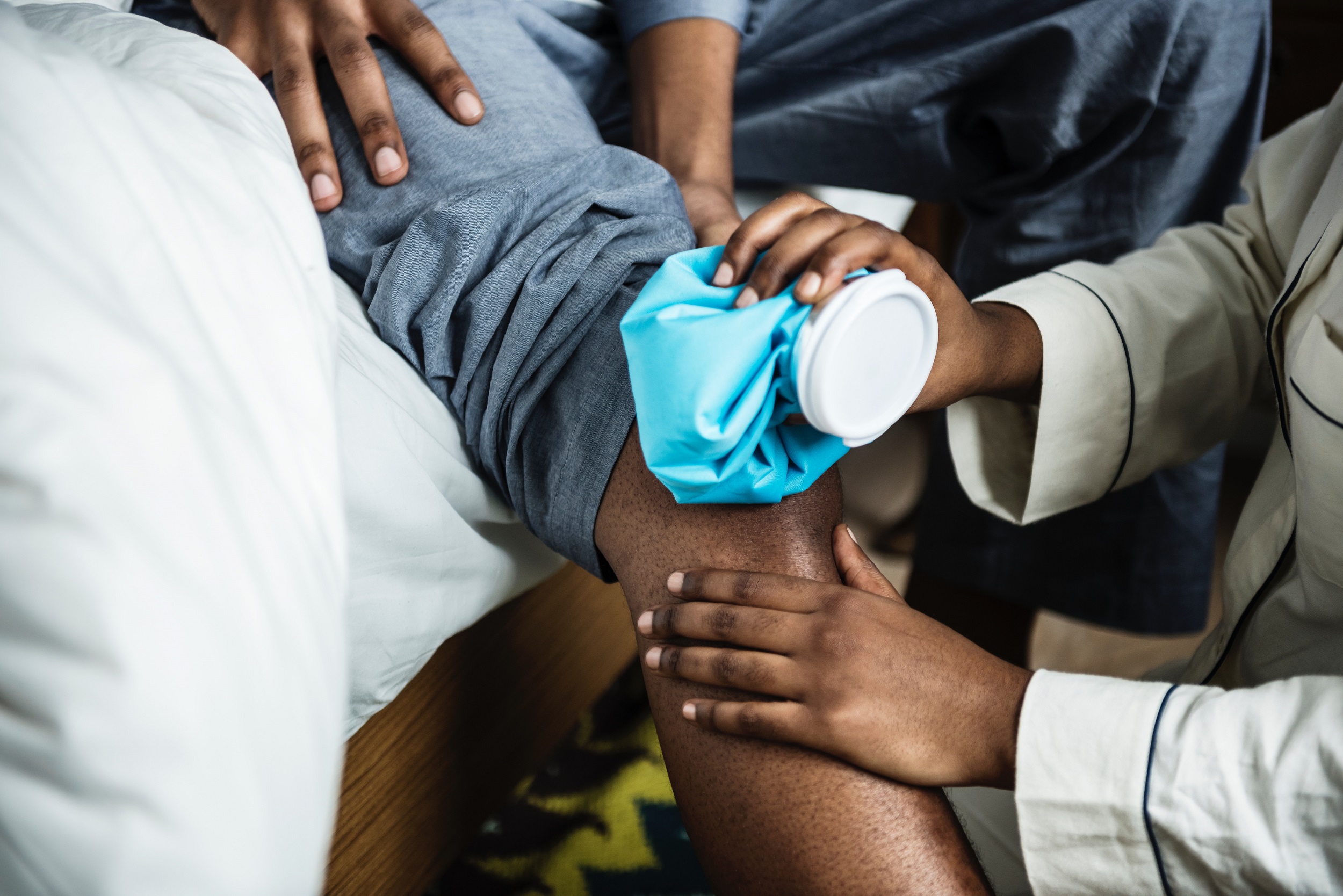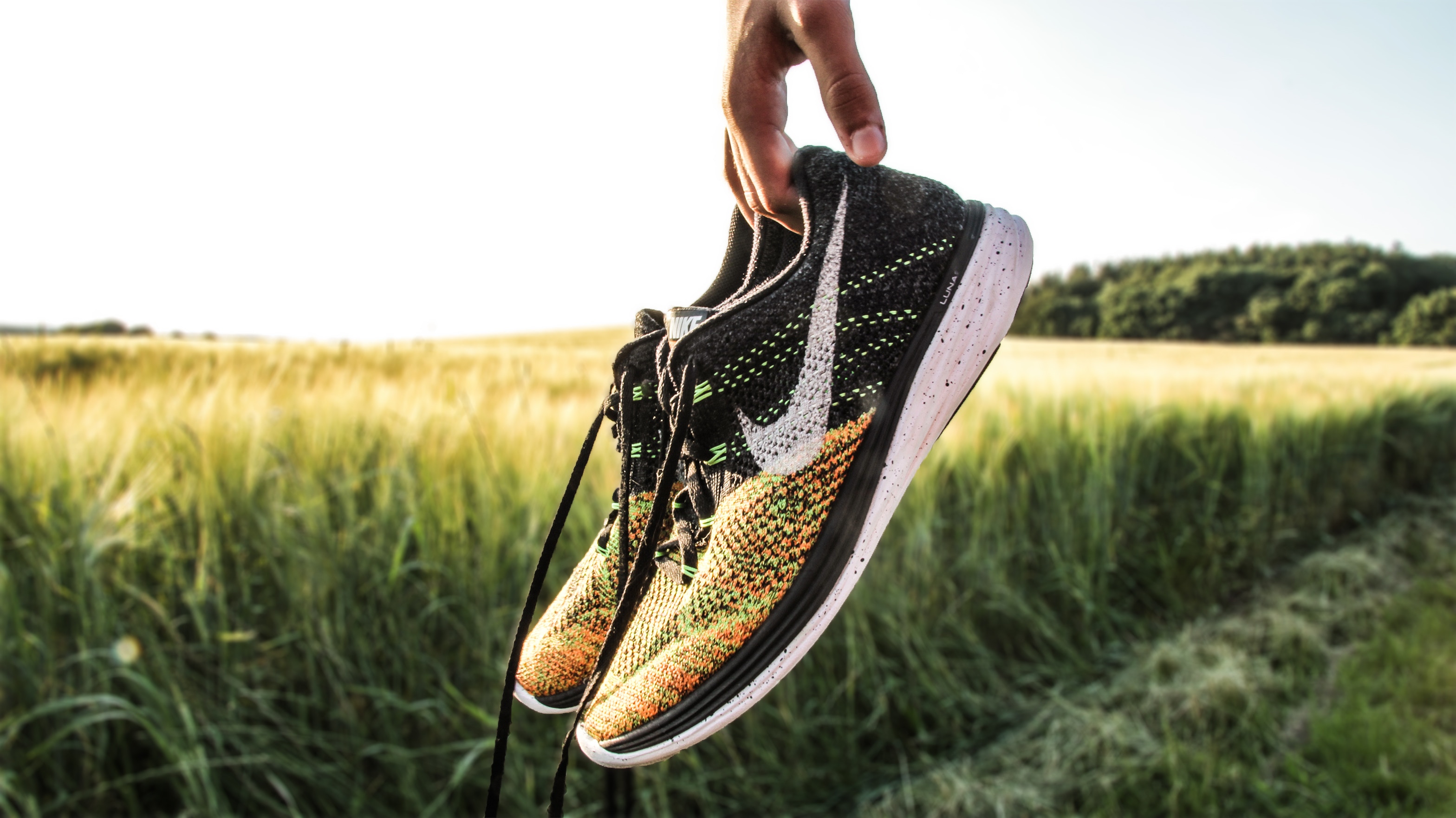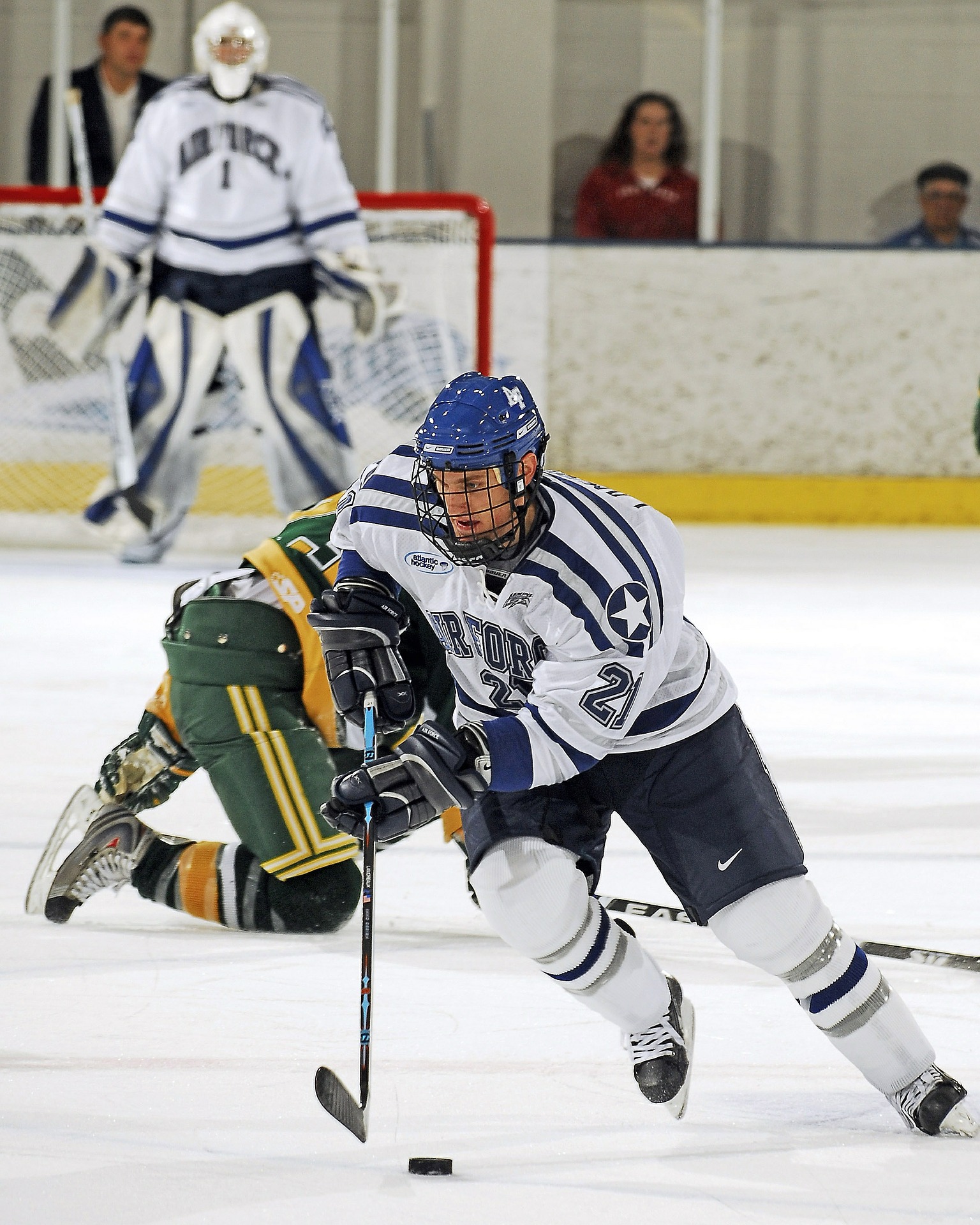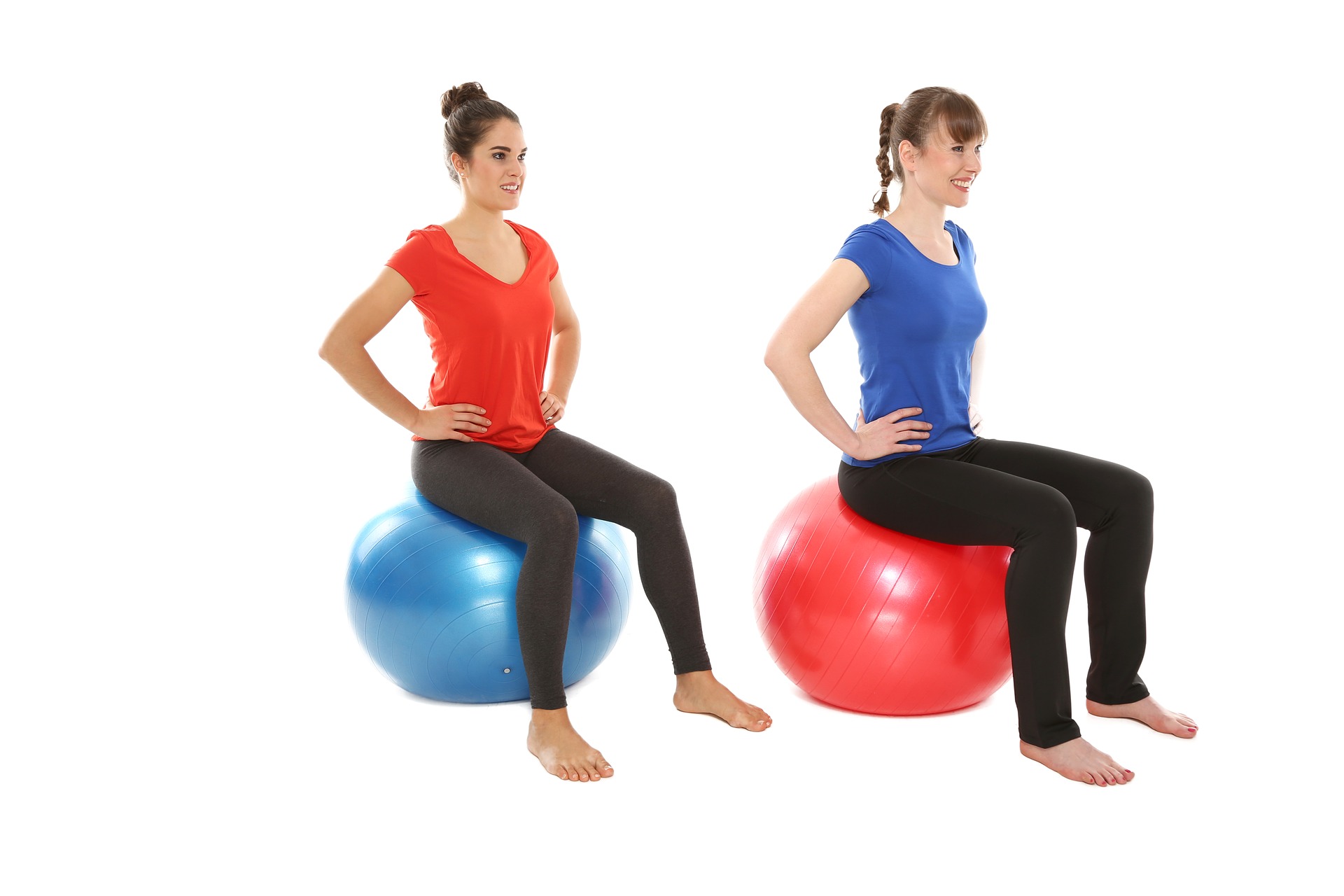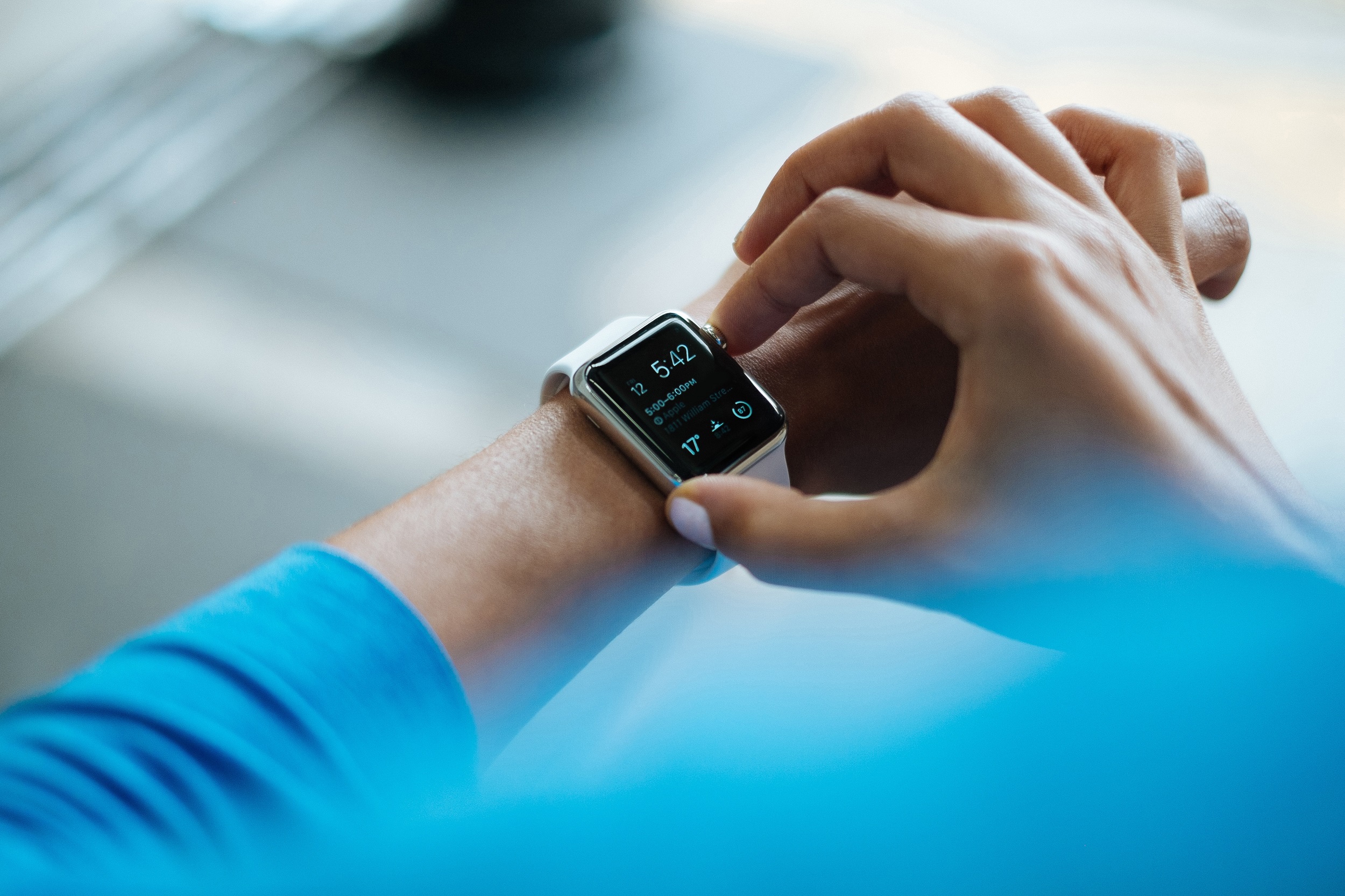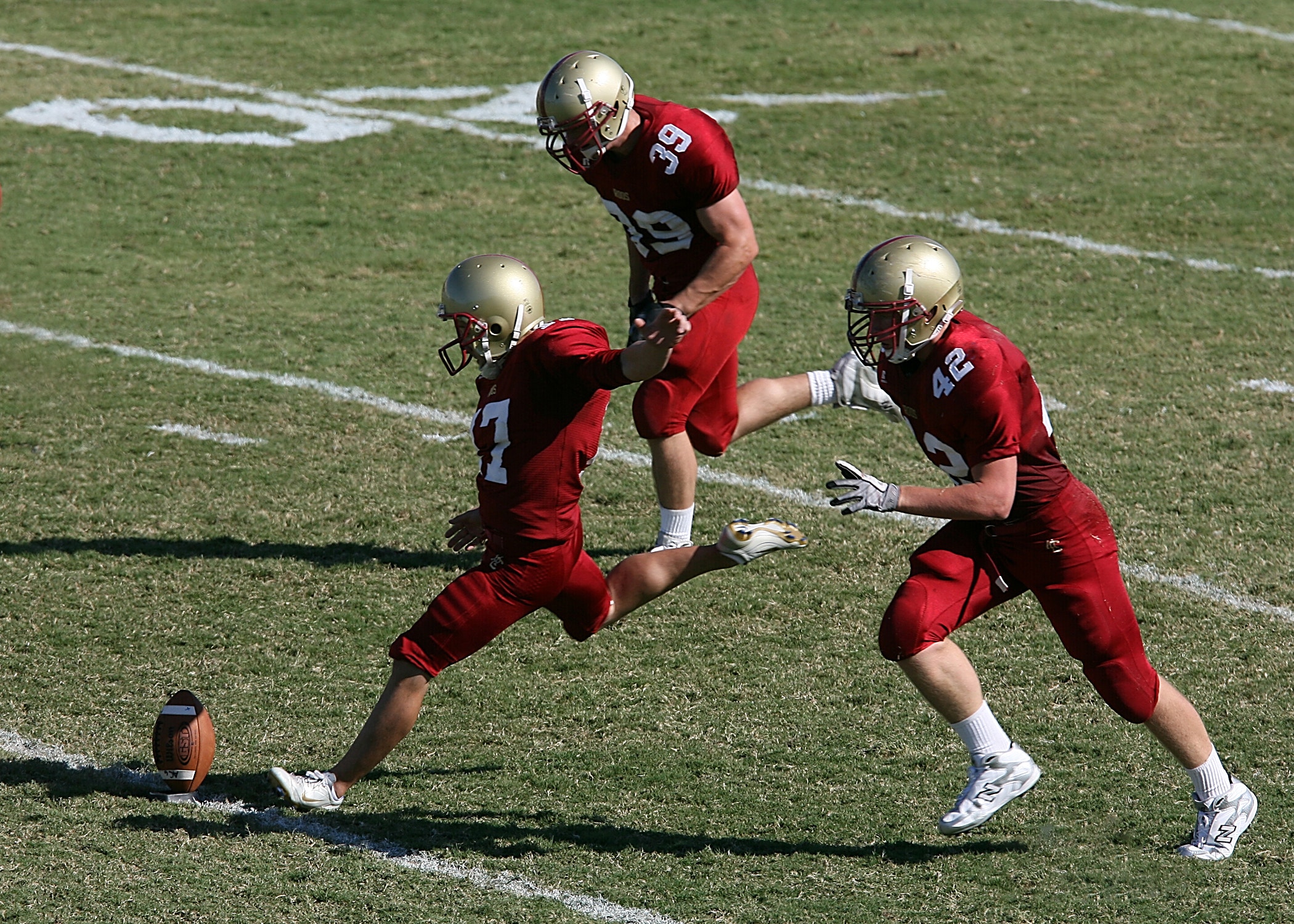
Proprioception injury prevention is simply using your body’s sense of orientation to prevent an injury. Thinking about how you’re moving, what’s around you, and your position can help you stay clear of acute injuries.
Acute sports injuries are some of the most painful injuries for an athlete. An injury is physically painful. But, it can be emotionally painful as well as you’re sidelined for days and even months until you recover. Often the result of accidents, acute injuries are not 100% preventable. However, knowing where you are in space and what’s around you, as well as how you’re moving and your positioning can help reduce the risk of an acute injury. This is what’s called proprioception injury prevention.
The medical community defines proprioception as:
The ability to sense stimuli arising within the body regarding position, motion, and equilibrium. Even if a person is blindfolded, he or she knows through proprioception if an arm is above the head or hanging by the side of the body.
What exactly does this mean? Essentially, proprioception is the reason you can touch your nose without having to look in the mirror. More than that, however, it’s the reason you can move quickly when dodging another player or quickly correct yourself when you’re losing balance. Or, your ability to sense a change when running on pavement to hitting the trail. Of course, the more agility and mobility you have allows you to move even quicker. But, it’s proprioception that starts the entire process without you even thinking about it.
Proprioception Injury Prevention
Instability is one of the greatest causes of injuries in sports. It can be caused accidentally, as in the case of avoiding a collision with another player and losing your balance. Or, it can be caused by lack of strength, muscle imbalance, or joint instability. Instability and the risk of injury is increased tenfold when you’re having to balance on one leg, as is often the case in sports.
To avoid injury, improving balance and strength is only one part of the puzzle. According to a recent study of basketball players, “developing proprioception plays an important role in injury prevention.” This study followed a professional basketball team for 6 years, studying how proprioception, along with balance and strength training, affected their injury risk. It turns out that incorporating proprioception-specific exercises into the training program decreased the risk of ankle sprains by a whopping 81%. Athletes also reduced their lower back pain by almost 78% and knee sprains by 65%.
This one study shows the significance of proprioception in injury prevention.
Besides balance and awareness, proprioception is what helps you control your body movement. Without it, even walking becomes difficult. Imagine having to look at your legs as you walk and actively concentrate on putting one foot in front of the other. Running may seem impossible. However, with proprioception, you’re able to do this almost without thinking. And, with improving your proprioception, you’ll be able to do this more efficiently and with better positioning. This reduces your risk of injury.
Handpicked Content Gait Training: Preventing Injury Through Your Feet Prehab: What It Is and How To Do It What Is Functional Strength Training?
How Proprioception Aids In Sports
- It gives you better control over your body. In order to move quickly, accelerate and decelerate, change direction, balance, etc., you need to know how and when your body moves. Most importantly, you need control. The better your proprioception is, the better control you have over your body’s movements.
- Your movement becomes more efficient, powerful, and strong. It takes a lot of energy to constantly correct movements or to move incorrectly and inefficiently. Moreover, with improved proprioception, you’ll eventually be moving correctly without too much concentration.
- It improves your balance. This is particularly important when you need to balance on one leg or hop from leg to leg.
- You’ll be able to adjust quickly to different surfaces. If you’re running on pavement and hit gravel, trained proprioception means that you’ll be able to adjust your balance and gait to avoid injury.
- Lastly, you can perform multiple different actions at the same time without having to think about each one separately. As a basketball player, this means running and dribbling or shooting efficiently and precisely.
Improving Your Proprioception
There are many exercises you can do to improve proprioception. The point of doing exercises that work on proprioception is to improve spatial awareness, balance, and sense of movement and joint position. Most of these exercises are very similar to stability and balance training for instability.
- One leg balance
- 3-way kick
- Single leg squat
- Crossover walk
- BOSU balance exercises (squats, lunges, leg rotations).
You can include most of these exercises in your training without devoting an entire training to doing them. Include one or two exercises per workout and you’ll be on your way to improving your proprioception!
Related Content:
What Are Stabilizing Muscles?
How To Prevent Injuries With Core Stability Training
Acute Injury Prevention: Stability Training
Balance And Injury Prevention


